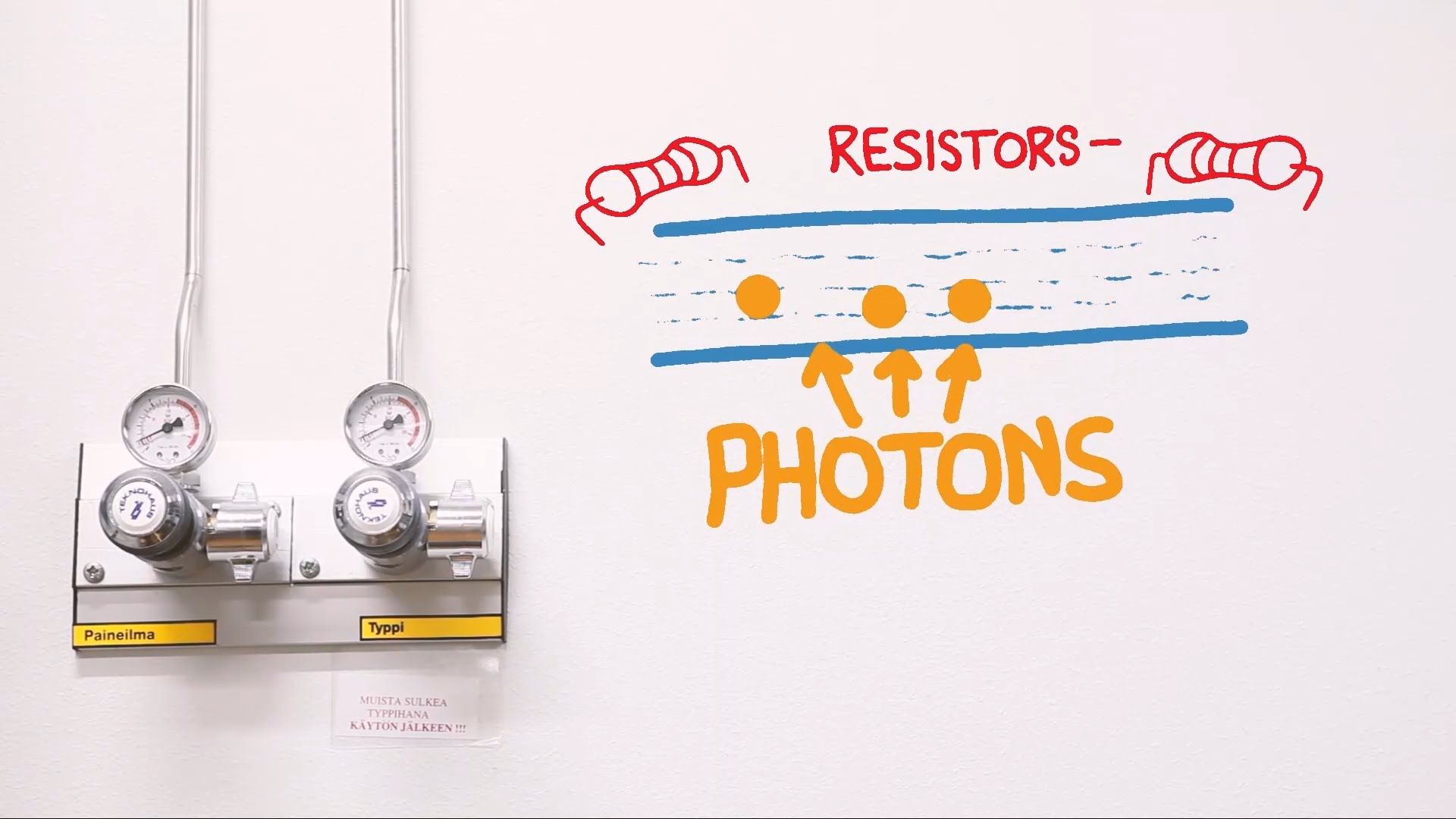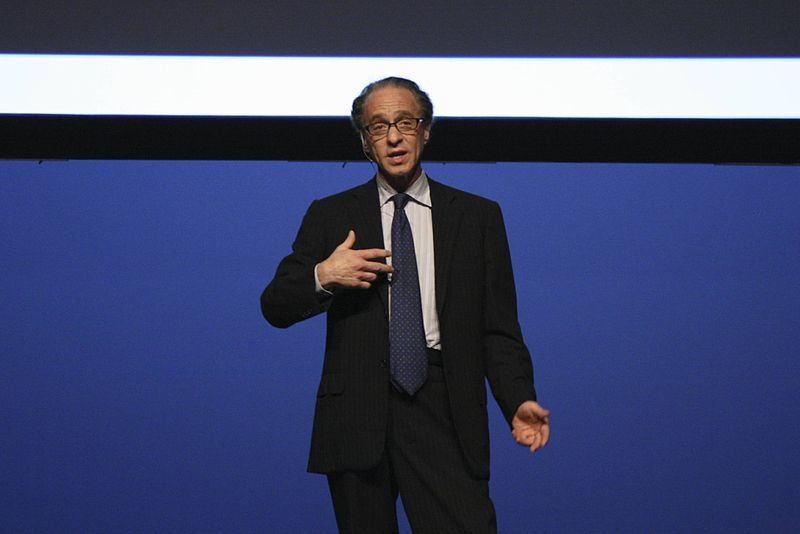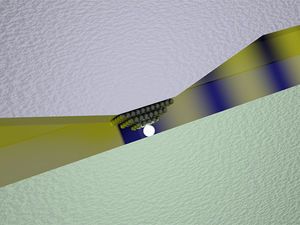Page 11444
Feb 2, 2016
Why Ray Kurzweil’s Predictions Are Right 86% of the Time
Posted by Shailesh Prasad in categories: computing, internet, law, Ray Kurzweil, singularity
It’s that time of the year again when techno pundits are once again breathlessly telling us all about the technology and innovation trends that will be big in 2013. That’s great, but many of those predictions will be hopelessly wrong by the end of March. That’s why it’s so fascinating that Ray Kurzweil, one of the leading thinkers when it comes to the future of technology, has had such a strong track record in making predictions about technology for nearly two decades. In fact, of the 147 predictions that Kurzweil has made since the 1990’s, fully 115 of them have turned out to be correct, and another 12 have turned out to be “essentially correct” (off by a year or two), giving his predictions a stunning 86% accuracy rate. So how does he do it?
The fact is, Ray has a system and this system is called the Law of Accelerating Returns. In his new book How to Create a Mind: The Secret of Human Thought Revealed, Kurzweil points out that “every fundamental measure of information technology follows predictable and exponential trajectories.” The most famous of these trajectories, of course, has been the price/performance path of computing power over more than 100 years. Thanks to paradigms such as Moore’s Law, which reduces computing power to a problem of how many transistors you can cram on a chip, anyone can intuitively understand why computers are getting exponentially faster and cheaper over time.
The other famous exponential growth curve in our lifetime is the sheer amount of digital information available on the Internet. Kurzweil typically graphs this as “bits per second transmitted on the Internet.” That means the amount of information on the Internet is doubling approximately every 1.25 years. That’s why “Big Data” is such a buzzword these days — there’s a growing recognition that we’re losing track of all the information we’re putting up on the Internet, from Facebook status updates, to YouTube videos, to funny meme posts on Tumblr. In just a decade, we will have created more content than existed for thousands of years in humanity’s prior experience.
Feb 2, 2016
The Augmented Reality Revolution
Posted by Shailesh Prasad in category: augmented reality

“The augmented reality revolution will merge the physical and the digital worlds.”
Join Jason Silva as he freestyles complex systems of society, technology and human existence and discusses the truth and beauty of science in a form of existential jazz.
Feb 2, 2016
The rise of quantum materials
Posted by Karen Hurst in categories: energy, health, materials, neuroscience, quantum physics
Every time we have a step forward with Quantum for industries like technology, wireless & telecom, manufacturing, energy, etc.; we also gain a steps for healthcare in so many ways such as Q-DOTs eradicating super Bug Viruses, Brain Mind Interface capabilities, implants, etc. Why I luv Quantum so much.
Emergent phenomena are common in condensed matter. Their study now extends beyond strongly correlated electron systems, giving rise to the broader concept of quantum materials.

I hope they don’t make this for Ps4 otherwise that will be the only platinum I won’t be able to get… Actually, I wonder if it’s vegetables friendly.
Feb 2, 2016
Solar-Powered Floating Farms That Can Produce 20 Tons of Vegetables Every Day
Posted by Shailesh Prasad in categories: employment, food, solar power, sustainability
Traditional farming has challenges that are now being overcome by innovative and sustainable solutions. One instance is a floating island that is powered by solar energy and has several farms that were created by the Forward Thinking Architecture. The islands are designed to work in an energy efficient manner where rainwater and sunlight are harvested so that the farming is done in a sustainable manner. The floating farms are designed to produce vegetables of the amount twenty tons every day. The advantage of this approach is that it has paved the way for farms such as this to be built and run across the world, even in places that are not accessible or do not have the right resources for farming. Locals can grow the food they need and reduce the need to import food and other goods which can then save money and provide opportunities for local employment. The floating farms and their amazing technology and possibilities are shown below. There are links given as well for those who wish to know more. It surely will revolutionize the problems of food production that has been plaguing many countries.
Feb 2, 2016
This is Microsoft’s plan to power the internet from under the sea
Posted by Shailesh Prasad in categories: energy, internet
Microsoft has a radical plan to change the way we power content on the internet. And it involves installing data centers in the ocean.
Microsoft Research.
We use data centers for just about everything we see on the web: websites, images, videos, and software are all powered by servers that can both store and ship tons of data in mere seconds.
Feb 2, 2016
New Breakthrough Means Huge Leap Forward for Quantum Computing
Posted by Shailesh Prasad in categories: computing, quantum physics

Researchers have discovered a new method of heat conduction that is a ten-thousand-fold improvement over earlier attempts. The novel invention forms a necessary step in the creation of super-cooled quantum computing.
A group of Finnish scientists at Aalto University have made a stunning breakthrough in heat transference, and the implications are potentially revolutionary.
Continue reading “New Breakthrough Means Huge Leap Forward for Quantum Computing” »
Feb 2, 2016
Can Photon Probabilities Change the World?
Posted by Andreas Matt in categories: computing, materials, particle physics, quantum physics, transportation
 Did you know that Quantum Theory does not know how probabilities are implemented in Nature? And for that matter neither does any other physical theory. Why? Or why not? The closest Quantum Theory comes to explaining probabilities, is to guess that a particle’s wave function is related to its probabilities. That’s it!
Did you know that Quantum Theory does not know how probabilities are implemented in Nature? And for that matter neither does any other physical theory. Why? Or why not? The closest Quantum Theory comes to explaining probabilities, is to guess that a particle’s wave function is related to its probabilities. That’s it!
Why do we need to ask this question? Commercial opportunities. Imagine if you could control where a photon localizes (captured by an atom). Particle detectors become significantly more sensitive. Boring? No, in fact, DARPA aims to precisely spot single photons and explore the Fundamental Limits of Photon Detection. Anti-stealth is one application. Imagine if you didn’t need 1,000,000 radio wave photons to determine an aircraft’s radar signature, but only a 1,000?
Using probabilities to control photon switching “circuits”, probability switches. Imagine an empty box with optical cables entering and exiting. These probability switches cause photons to exit through different optical cables by controlling where they localize within the box. What if we could build computers with materials lighter than a feather to switch photon paths, instead of heavy silicon or gallium arsenide to switch electron paths? Imagine how fast these switches could operate, as no matter is involved.
Feb 2, 2016
World’s First Single-Atom Optical Switch Fabricated
Posted by Karen Hurst in categories: neuroscience, quantum physics, robotics/AI, singularity
Things keep getting better and better for Quantum and Brain Interfaces/ implants as well. What you have to love is the fact how Quantum Dots and it’s research helps us both technically and medically as well. When I reported 2 weeks ago about Quantum Q-Dots; what I did not share is how Q-Dots could be leveraged to wipe out many Super Bug Viruses. And, this is why things are really stepping up in AI/ Robotics, Brain Mind Interfaces, micro bots, etc. Definitely on a path to singularity.
Plasmonics enable wavelengths of light to shrink to the nanometer scale.













